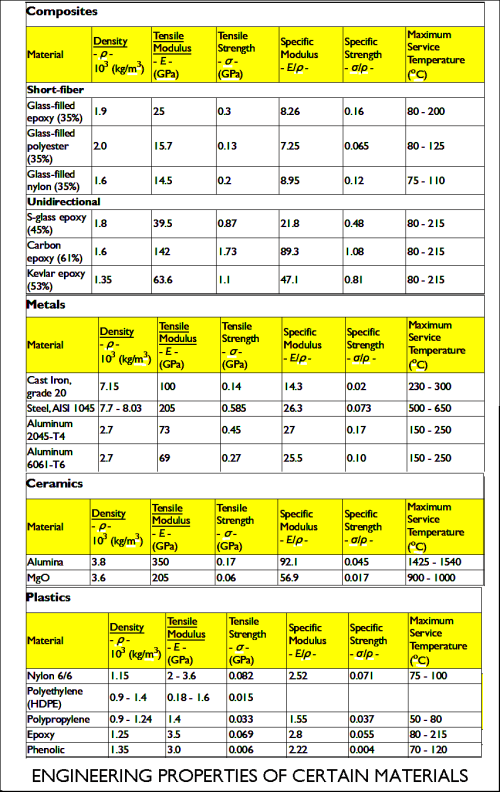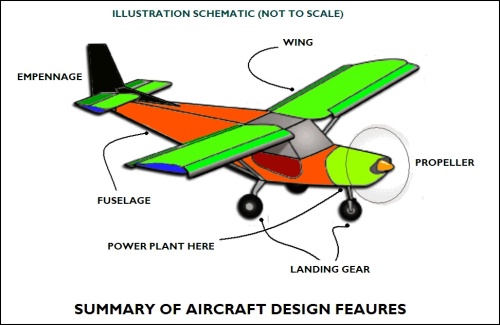Please also read: https://zerowastezerocarbon.wordpress.com/closed-loop-zero-waste-zero-carbon-processes/
Also visit: AGROBIOGENICS
THE NEXT BIG-THING (TNBT) is not the sophisticated explorations and voyages to Pluto or the Stars nor the specialty robotic gadgets or genetically modified cells in micro-bio-technology; but it would be the New Business Paradigm that simultaneously answers GLOBAL WARMING and POVERTY (GWP). The “on-the-ground” development would be brought about through sustainable development and utilization of available Renewable Resources (RR). This results in the said new business paradigm: ZERO-WASTE ZERO-CARBON BUSINESS-MODEL (ZW-ZC-BM). The practical conversions are based on processing available RR, in the forms of Vegetation/animal/human resources + sunlight/rain/air.
An example of a vegetation specie is Banana. We would be converting banana plant wastes into products such as: Energy, Bio-petrochemicals, Molded Crockery, Molded Doors/ Wood substitute and many other utilitarian products. One of the highest value added products would be Molded Household Crockery

A Kg of banana plant fiber could be converted into 2.2 Kg of Molded Crockery (a few other ingredients would also be added in the molding composite). In value terms, $0.17 worth banana fiber would become 2.2 Kg crockery, worth $23.4 (these are approximate computations) – a value addition of 137.6 (13, 760%). Another product is wood substitute board (named: Molded Strand Board, MSB). In this case, each Kg of the fiber system would be converted into 4 Kg of MSB. The unit value of a Kg in MSB is estimated @ $1.27 (about 750% of the base value of banana plant wastes).
The implications of such value-additions are many. One, the resultant Business-Model is a “high-return” proposition for any investor; Two, the potential to convert such RR into huge businesses is evident; Three, the opportunities for local village (farmland) development are immense. The value of Molded Crockery potential in 1000 ha banana plantation is a whopping $234, 000, 000 (total productions = 22, 000 tons). Even if only half of these estimates were to be practically achieved, that would still be BIG Business!
An “OPEN DEAL” is presented here: http://www.ongreen.com/deal-marketplace/zero-waste-zero-carbon-business-model-energy-engineering-materials-bio-petrochemica
—————————————————————————-
Please note certain Facts on How 1 Kg Banana Stem Waste would become 2.2 Kg CROCKERY:
1. One “Full Size” South Indian Banana Stem/ Tree has about 50 Kg (green weight) average
2. Each such average banana tree would result in: 5 Kg Fibers (dry) + 2.5 Kg Organic Solids (dry) and 42.5 Kg water (about 28.5 Kg are recoverable)
3. The 50 Kg size Banana stem/ tree is available at site for US $0.833. This would mean that a Kg of the dry fibers are worth $0.166 (assuming there is no value for either the other Organic solids and water)
4. Each Kg of Molded Crockery would be a composite of the following: Banana Fiber = 0.454 Kg + Specialty Polymer = 0.454 + Inorganic Inert materials/ non-toxic Industrial Wastes = 0.092 Kg (Thus, every Kg of dry fiber would become 2.2 Kg of Crockery!)
5. We do not sell Crockery by weight! Instead, these are put inside excellent Packaging systems, with “Usage & care” pamphlet inside and also a pamphlet that would help the home maker know something about Cookery. All in all, these are sold as Dinner Sets, Tea/ Coffee Sets and the like. One such Set would have 4 Full Plates, 4 half Plates 4 Cups and 4 Saucers (weighing about 2.05 Kg, net), Sold to the Market @ $23.49
For answers against any doubts please contact on the mail ID below:
pvhramani@yahoo.com … or hariharanpv@agrobiogenicscleantech.com
Last updated on April 23, 2014
——————————————————————————
0.000000
0.000000









